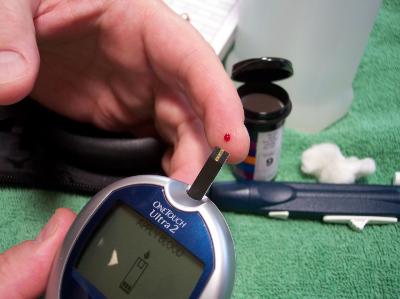People often have spirited and impassioned views on the safety and consequences of adding ‘unnatural’ molecules to food. An important aspect of this debate that everyone must keep in mind is the impossibility of testing every component of every molecule for its safety and long term impacts. That being said, it should come as no surprise that new research can often teach us about the unexpected and overlooked safety issues regarding many food additives. The newest class of compounds to come under scrutiny is emulsifiers, and a new paper published in Nature last week shows that these compounds may negatively impact the body through modulation of the intestinal lining and the microbiome.
Emulsifiers are compounds that increase the stability of an emulsion. They are often molecules like surfactants that have two parts, hydrophobic carbon chains and hydrophilic polar head groups. Soap and egg yolks are common examples of emulsifiers. There are, of course, chemically produced emulsifiers as well that are often used in food. Two examples of these, which were the emulsifying compounds used in the study, are polysorbate-80 (P80) and carboxymethylcellulose (CMC), and they are added to all sorts of foods like ice cream and pudding. Evidence from this paper suggests though, that at least in mice these emulsifiers are wreaking havoc on the gut and microbiome.
A team of researchers from Israel, Cornell, and Emory did a variety of experiments on mice that were fed either of these emulsifiers in their water (at a concentration of 1%, similar to the levels added to human food.) They first noticed that these mice had greatly compromised mucous layers on their gut, which allowed for bacteria to actually reach and be in contact with their epithelial gut cells. In these mice gut permeability (leaky gut), inflammation, and incidences of colitis were all increased. In addition, the inflammatory response and gut permeability were directly related to the average distance of bacteria to the actual epithelial layer; the closer the bacteria the more inflammation and permeability.
The researchers also measured the microbial populations of the feces in these mice and those that were eating emulsifiers had much less diverse microbiomes, which were enriched in Proteobacter, which are known to be associated with inflamed guts, and reduced in Bacteroidales, which are associated with healthy guts. Also those eating emulsifiers had in increase in Ruminococcus gnavus which is associated with type 1 diabetes, as we have written about in the past. Interestingly, those mice that were given the emulsifiers tended to eat a lot more food than there control counterparts, and this led to weight gain and obesity amongst the mice drinking emulsifiers. Moreover, these same mice had higher fasting glucose levels, indicative of impaired glycemic control and metabolic syndrome. The scientists tested if these effects were seen in mice that were fed the emulsifiers in their food, rather than in their water, and the same outcomes were observed. In addition, the scientists observed shifts in the production of certain short chained fatty acids and bile acids produced by the microbiome in mice fed emulsifiers (click on the tags below to read about the wide range of health effects that both these compounds have been implicated with).
The researchers then did a series of experiments that showed that it was the actual shifts in the microbiome populations and not just the change in mucous that was primarily responsible for the adverse health effects in the mice given emulsifiers. For example, germ free mice that were given emulsifiers did not have compromised mucous, and many of the negative health effects like inflammation were not observed. On the other hand, performing a microbiome transplant from a mouse given the emulsifiers to a mouse that was not given the emulsifiers did result in these negative health effects, including the bacterial penetration of mucous to the epithelial lining.
This was a fantastic article that may, in time, prove to be immensely important. Of course all the usual caveats apply, such as studies in mice are not indicative of human responses, and more studies must be performed in order to confirm these findings. Still though, the introduction of emulsifiers into the mice’s diets resulted in many of the negative health impacts that are associated with the microbiome, something that we really haven’t seen in the literature before now.



